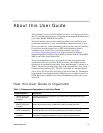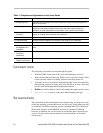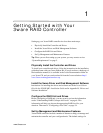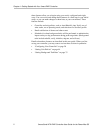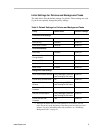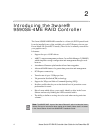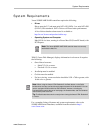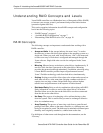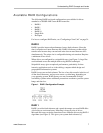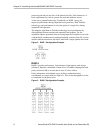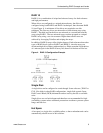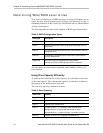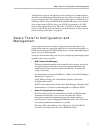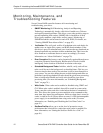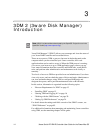
Understanding RAID Concepts and Levels
www.3ware.com 7
Available RAID Configurations
The following RAID levels and configurations are available for drives
attached to a 9590SE-4ME 3ware RAID controller:
• RAID 0
• RAID 1
• RAID 5
• RAID 10
• Single Disk
• Hot Spare
For how to configure RAID units, see “Configuring a New Unit” on page 34.
RAID 0
RAID 0 provides improved performance, but no fault tolerance. Since the
data is striped across more than one disk, RAID 0 disk arrays achieve high
transfer rates because they can read and write data on more than one drive
simultaneously. The stripe size is configurable during unit creation. Requires
a minimum of two drives.
When drives are configured in a striped disk array (see Figure 1), large files
are distributed across the multiple disks using RAID 0 techniques.
Striped disk arrays give exceptional performance, particularly for data
intensive applications such as video editing, computer aided design and
geographical information systems.
RAID 0 arrays are not fault tolerant. The loss of any drive results in the loss of
all the data in that array, and can even cause a system hang, depending on
your operating system. RAID 0 arrays are not recommended for high
availability systems unless additional precautions are taken to prevent system
hangs and data loss.
Figure 1. RAID 0 Configuration Example
RAID 1
RAID 1 provides fault tolerance and a speed advantage over non-RAID disks.
Also known as a mirrored array. Mirroring is done on pairs of drives.
Mirrored disk arrays write the same data to two different drives using RAID 1
algorithms (see Figure 2). This gives your system fault tolerance by



